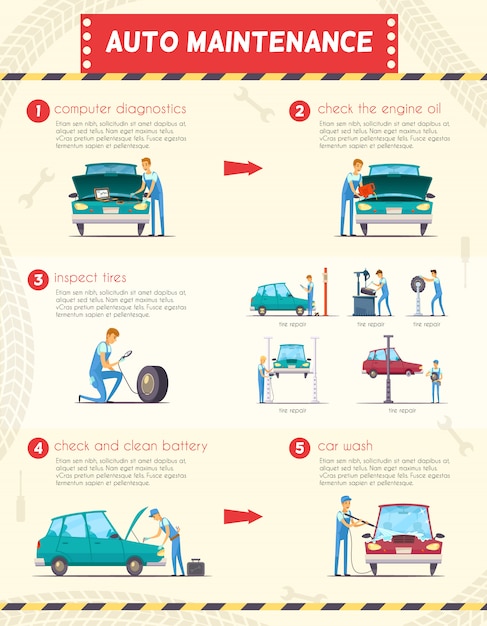Eager To Know What The Dashboard Warning Lights In Your Automobile Indicate? Discover Their Definitions For The Health And Safety And Security Of Your Automobile
Eager To Know What The Dashboard Warning Lights In Your Automobile Indicate? Discover Their Definitions For The Health And Safety And Security Of Your Automobile
Blog Article
Created By-Lauritsen Forbes
When you're behind the wheel, those glowing caution lights on your dashboard can be a bit perplexing. Do you understand what they're trying to tell you regarding your auto's health and wellness? Comprehending the value of these lights is crucial for your safety and security and the longevity of your automobile. So, the next time among those lights turns up, would not you intend to decode its message precisely and take the essential steps to resolve it?
Common Warning Lighting and Interpretations
Determine typical caution lights in your vehicle and recognize their definitions to ensure safe driving.
The most common warning lights include the check engine light, which indicates concerns with the engine or exhausts system. If this light begins, it's important to have your lorry inspected quickly.
The oil pressure warning light shows low oil stress, requiring immediate focus to prevent engine damage.
A blinking battery light might suggest a malfunctioning billing system, possibly leaving you stranded otherwise resolved.
The tire stress monitoring system (TPMS) light notifies you to low tire stress, affecting car stability and fuel effectiveness. Neglecting this could result in dangerous driving problems.
The abdominal muscle light suggests a problem with the anti-lock stopping system, compromising your ability to quit quickly in emergency situations.
Finally, browse around here cautioning light warns of engine overheating, which can result in serious damage otherwise resolved promptly.
Comprehending these common caution lights will help you resolve concerns immediately and keep safe driving conditions.
Importance of Prompt Focus
Recognizing the common warning lights in your vehicle is just the initial step; the importance of immediately attending to these warnings can not be stressed sufficient to guarantee your security on the road.
When a caution light brightens on your dashboard, it's your vehicle's way of communicating a possible issue that requires interest. Overlooking https://airliftperformancekits51628.azzablog.com/30070870/a-comprehensive-strategy-to-cleaning-and-maintaining-your-vehicle-s-interior can lead to a lot more severe troubles later on, endangering your safety and potentially costing you a lot more out of commission.
Trigger focus to advising lights can stop breakdowns and mishaps. For example, a blinking check engine light can suggest a misfire that, if left ignored, might cause damages to the catalytic converter. Addressing this immediately can save you from a pricey repair.
Likewise, a brake system cautioning light could signal reduced brake fluid or worn brake pads, important parts for your safety and security when driving.
DIY Troubleshooting Tips
If you discover a caution light on your control panel, there are a couple of do it yourself troubleshooting ideas you can try prior to seeking professional help.
The primary step is to consult your auto's manual to recognize what the specific caution light indicates. Occasionally the concern can be as easy as a loose gas cap triggering the check engine light. Tightening the gas cap might deal with the trouble.
https://jasperkidwq.blog5star.com/30337808/enter-a-future-where-technology-and-customization-change-automobile-detailing-encouraging-unequaled-protection-and-performance is a reduced battery, which can cause various warning lights. Examining the battery connections for deterioration and ensuring they're protected might take care of the issue.
If a caution light persists, you can attempt resetting it by detaching the cars and truck's battery for a few minutes and after that reconnecting it. In addition, examining your automobile's fluid levels, such as oil, coolant, and brake liquid, can aid repair alerting lights connected to these systems.
Conclusion
In conclusion, recognizing your cars and truck's warning lights is necessary for maintaining your automobile running efficiently and safely. By promptly addressing these informs and recognizing what they indicate, you can avoid pricey fixings and prospective malfunctions.
Remember to consult your cars and truck's guidebook for specific details on each cautioning light and take action as necessary to guarantee a trouble-free driving experience.
Remain notified, remain safe when traveling!
